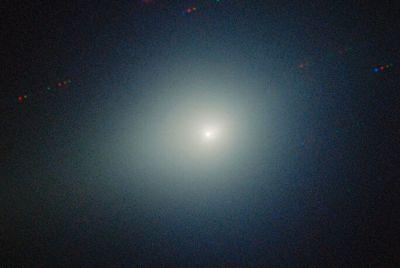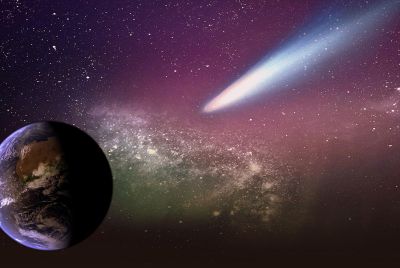NASA's 3I/ATLAS Mystery Deepens — 'Strange Chemistry' Fuels Conspiracy Theories
Is interstellar object 3I/ATLAS a comet or alien tech? Harvard's Avi Loeb presents 8 anomalies, sparking a fierce scientific debate.
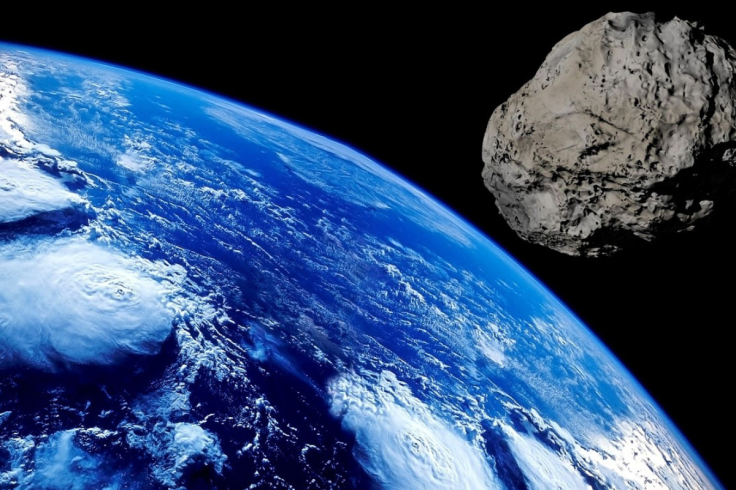
Is it a comet or a spacecraft? That is the billion-dollar question splitting the astronomical community as the interstellar object 3I/ATLAS tumbles through our Solar System. This mysterious visitor from another star has presented a growing list of puzzling clues. Now, it has made its most startling move yet, appearing to reverse thrust as it vanished behind our Sun, fuelling claims from some scientists that 3I/ATLAS is no ordinary comet.
Why One Top Physicist Suspects 3I/ATLAS Is Artificial
Harvard physicist Avi Loeb has been among the leading voices maintaining that there is enough evidence to say 3I/ATLAS has shown signs of being 'guided by an unknown intelligence'. The next clue could emerge on October 29, when the object is projected to reach its closest point to the Sun.
Loeb told the Daily Mail that if 3I/ATLAS comes out of this blind spot in a completely different place than gravity was taking it, it would be a clear sign the object was artificial and likely powered by some kind of engine.

Loeb contends that those in the scientific community who have dismissed the more extraordinary possibilities are more concerned with being right and avoiding criticism than alerting the public to a potentially world-changing event.
'Here we are talking about a potential for something that could affect humanity in the future in a dramatic way, and so you shouldn't apply the same approach of being as conservative as possible', Loeb explained.
'I don't want to be their therapist, but they're trying to obviously protect their reputation, not take risks, and also pretend that they know the answer in advance', he added. Daily Mail reached out to several scientists who have been studying the alleged comet, but did not receive a response to our request to comment on the latest findings.
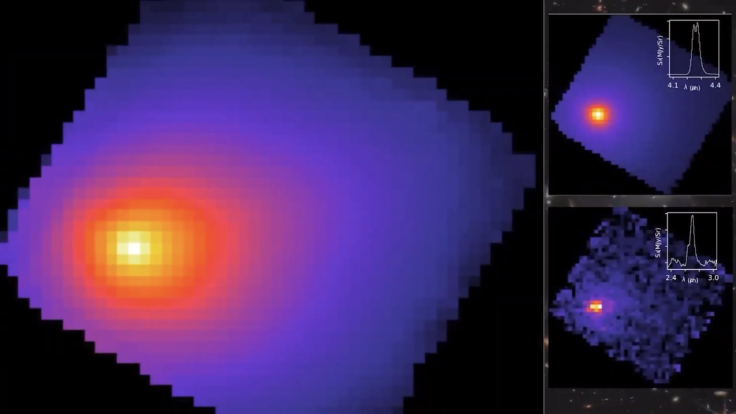
The Eight 'Anomalies' Puzzling Scientists About 3I/ATLAS
The debate is fuelled by a list of strange observations. Loeb noted that one oddity would be explainable, but he calculated that there were no fewer than eight anomalies with this space rock. The scientist calculated that the odds of these strange occurrences happening at the same time were one in 10,000,000,000,000,000 (that's 10 quadrillion).
Key puzzles include its chemical makeup. A study in August detected an unusual nickel plume from the object. Unlike natural comets, which always emit nickel alongside iron, 3I/ATLAS showed the metallic element without any detectable iron.
A new study, published by astrophysicists in Chile, found that 3I/ATLAS is shedding nickel at roughly five grams per second and cyanide at 20 grams per second, with both rising sharply as the object moves closer to the Sun. Researchers noted that the mechanisms driving these emissions are not typical of natural cometary processes.
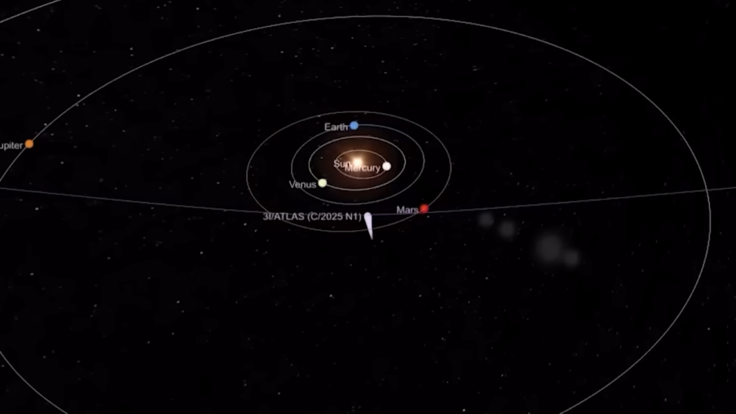
Furthermore, scans released the same month suggested 3I/ATLAS is unexpectedly releasing loads of carbon dioxide gas (CO2). The large amount of CO2 pouring out, about 940 trillion molecules per second, was a major finding.
Then there is its size and shape. This month, NASA's Perseverance rover on the Martian surface sent back photos of the object, showing what appears to be a massive cylindrical shape. Stargazers on social media shared colour-enhanced images, which showed the interstellar visitor having a green glow as it passed Mars.
Loeb analysed the Perseverance rover's photos, noting that the strange shape might have been a trick of the rover's camera 'stretching' its shape, making it look 'more like a log than a ball'. Despite this, he added that 3I/ATLAS is likely massive.
🚨3I/ATLAS PERIHELION🚨
— Drew Doss (@drew4worldruler) October 29, 2025
We are now nearly 2 hours past the perihelion of 3I/ATLAS and, to the surprise of no serious person following this:
Nothing happened.
No maneuvering towards Earth. It’s still following the expected trajectory. It hasn’t accelerated beyond 68.3km/s.… pic.twitter.com/Q7qV705YZz
Its sheer scale is another anomaly. Based on all the light coming from 3I/ATLAS, scientists originally suspected the object was more than 12 miles in diameter. However, NASA's most powerful telescopes have cut that estimate down to 1.7 miles. The comet seemed larger because over 99 percent of the light observed came from its coma, a large, bright cloud of dust and gas. Yet Loeb has calculated it to be at least 3.1 miles long and 33 billion tons.
'It's bigger than the asteroid that killed a dinosaur 66 million years ago, and such objects are extremely rare', Loeb revealed. He argued there is not enough rocky material in interstellar space to have created such a structure naturally.
His first clue, however, was the sheer brightness of 3I/ATLAS while it was still far from the Sun. This, combined with its backward 'anti-tail' and its strange course, has contributed to his belief.
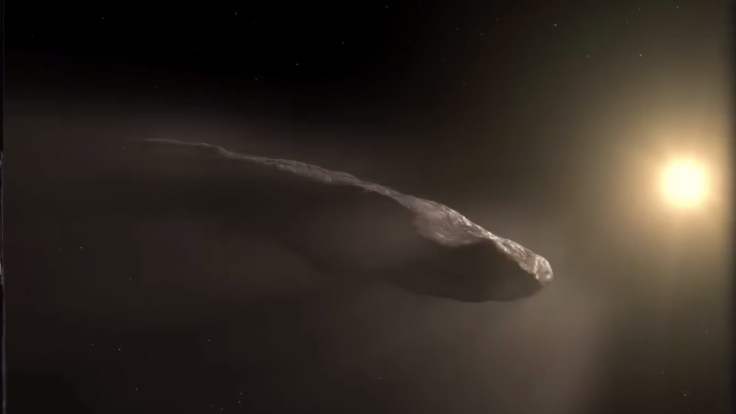
The Rebuttal: Why 3I/ATLAS Is 'Clearly a Natural Comet'
Most astronomers have been reluctant to consider an extraterrestrial origin, noting that 3I/ATLAS has shown the classic signs of being a comet, including having a tail and a coma.
Previous studies throughout the summer have concluded that 3I/ATLAS's strange chemical makeup is merely a result of forming in a star system completely foreign to our own, where comets are much different. This, they argue, also explains the massive CO2 release.
More than five studies, with dozens of researchers involved, have concluded that the object is just a unique, natural comet, which many other scientists have been echoing for months.
Jonathan McDowell, an astronomer and astrophysicist working at the Harvard–Smithsonian Centre for Astrophysics, previously claimed: 'It is clearly a natural comet; suggestions to the contrary are laughed at by people who are actual comet experts'.
UCLA researcher David Jewitt recently agreed with the comet theory, publishing a paper that explained the object's shifting tail as 'normal cometary behavior'. An international team of researchers also concluded that the increasing dust activity around 3I/ATLAS, its changing colour, and apparent lack of a tail were due to 'our perspective from Earth' at the time of the scans, not the comet acting strangely.
What's Next for 3I/ATLAS?
First spotted on July 1, 3I/ATLAS is just the third recorded object to travel through our solar system from another point in the Milky Way galaxy. The other two, 'Oumuamua in 2017 and the comet Borisov in 2019, were nowhere near its size.
Despite not being projected to collide with the planet, NASA took the extraordinary step of adding 3I/ATLAS to the list of threats tracked by a United Nations-endorsed group focused on planetary defence. The decision has helped to mobilize all of the world's telescopes, with 227 observatories already tracking it.
Loeb noted that 3I/ATLAS will make its closest approach to Earth on December 19 and NASA is planning to take even more detailed readings as it approaches the Juno spacecraft near Jupiter on March 16, 2026.
'We should not miss an opportunity, because this is a gift from interstellar space', the Harvard professor explained.

Loeb concluded by saying the arrival of 3I/ATLAS and the recent visit of 'Oumuamua just eight years ago cannot be dismissed as random events in the cosmos. 'What nature is trying to tell us is that we don't understand something'.
The true nature of 3I/ATLAS remains the most provocative puzzle in our Solar System. Is it a rare natural comet, or is it, as Avi Loeb suggests, a "gift from interstellar space" that proves "we don't understand something"? With eight documented anomalies and a trajectory that defies easy explanation, the answer could rewrite what we know about the cosmos.
The moment of truth is fast approaching: All eyes will be on 3I/ATLAS as it emerges from its closest approach to the Sun on October 29 to see if it reveals an intelligence at the helm.
© Copyright IBTimes 2025. All rights reserved.







